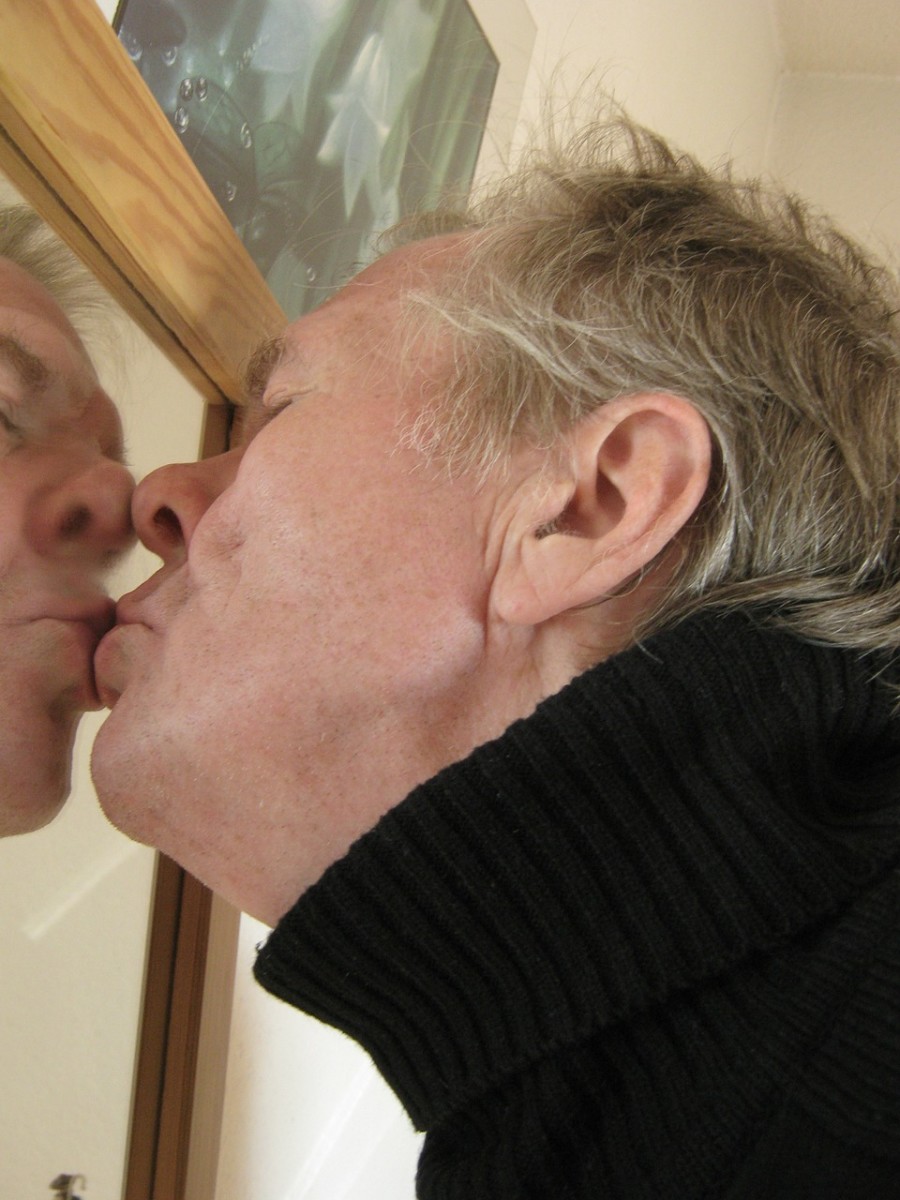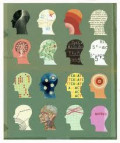Dysthymia: A Demographical Evaluation of Particulars
Dysthymia although subtle in nature has become increasingly prevalent in American society regardless of age, gender or ethnicity. There are common factors to its development such as early childhood trauma, poverty, illness and old age and because of these myriad of factors it has become increasingly important to establish consistency with regards to their effects of diagnosing dysthymia effectively and the subsequent development of lasting treatment effectiveness.
In the United States approximately 4,728,368 people suffer from dysthymic depression (NIHM, 2013). Although the onset of this disorder usually does not manifest in young children, traumatic events in early childhood and adolescence can be precursors to its development. Curiously, women have 5% prevalence for developing dysthymic depression in comparison the 4.8% prevalence for men (Trivedi, K. J & Kar, S., 2011). However, this could simply be a result of social stigmas with regards to having a mental health diagnosis, in particular the gender associated stigmas. For example, it is more socially acceptable and tolerated for women to express emotional discontent in a vulnerable manner such as asking for help or crying. In converse to this that type of emotional expression by a male may be avoided for fear of seeming weak. Our culture through media exposure has helped shape our social perceptions with regards to gender roles and acceptable behavior. A clear example of this is the Medias influence over social perceptions and the effect this has on our judicial, political and medical procedures and regulations. Just the stigma of there being “something wrong with you” can have a negative psychological impact on an individual’s self-perception. Furthermore what effect does this have on the perpetuance of both the individual’s dysthymic depression and the social and personal stigmas attached to it?
Depression is a state of mind indicative of a persistent state of sadness in which symptoms are severe enough to affect different functional aspects of an individual’s life. The most common of these are Dysthymia and Major Depressive Disorder (MDD). Although both share many similar symptoms the major difference between the two is the length of time in which the symptoms persist. Individuals suffering from MDD usually only experience symptoms no longer than a few months. However, individuals suffering from dysthymia experience symptoms for 2 years or longer (psyweb.com, 2013).
Cultural statistical data on dysthymia is limited as there has not been a lot of research conducted to present. However, as a result of a simple yet profound question asked by Dr. Sigmund Freud as to whether a civilization or people could share a collective mental illness research has been undertaken to examine mental health disorders in this context. Recently a study was conducted that showed African Americans, as a result of demoralization and iniquities experienced in American culture may be experiencing what could be referred to as cultural dysthymia. This is characterized by self-defeating behavior expressive through anger and hostility. This self-defeating behavior characterized by a disregard for one-self and others can be exemplified by the rate of indiscriminant high risk sexual encounters, consumption of high fat and/or fast foods regardless of health risks and their high rate of incarceration (Clemmont E. V; Woodland, C. & Epp, L, 2007). It could be postulated that as a people African Americans have been suffering varying facets of emotional, physical and psychological abuse throughout their history in the United States. Therefore, further research into this phenomenon is imperative in that it will grant a more comprehensive understanding on the cultural influences on not only dysthymic depression but other mental health disorders as well. Biological factors also play an important role as they can heavily effect our perception of self and our perceptions of viability. This is a particularly important factor for those individuals in later life who suffer from a physical ailment or debilitation. This is evidenced by the much higher rate of depressive disorders in elderly receiving residential care that that of those living in the community (Comprehensive Handbook of Psychology, 2004).
Without consideration of the various factors discussed earlier diagnosis of dysthymia can be very difficult with an underdiagnoses rate of 60-70% (Nuyen, J., Volkers, A. C., Verhaak, P. F. M., Schellevis, F. G., Groenewegen, P. P., & Van Den Bos, G., A.M. 2005). This clearly is supportive of the need for further research inclusive of social and cultural influence on the development and diagnosis of dysthymia. The following defines the diagnostic criteria for diagnosis of dysthymia.
As the criteria for diagnosis of dysthymia presented below is inclusive of any gender, age or cultural influence it is becoming increasingly important to ascribe validity of symptom expression in comparison to cultural norms and schemas. Because of its broad range of expressive behaviors and severity levels perhaps creation of subgroups defining the various traits associated with dysthymic depression and numerical scores ascribed to establish frequency and severity of dysthymic characteristics.
Treatment for dysthymia is encompassing both pharmacopeia and psychotherapeutic therapy. Currently the most successful treatment is the use of cognitive behavior therapy or CBT. Currently the most successful treatment is the use of cognitive behavior therapy or CBT. CBT proposes that depressive mindsets are established through cognitive thought patterns and belief systems (Carlos, P. Z., & Andrea, N. S., 2006). By conceptualizing the individual’s cognition and perception of events in their past and current lives the individual can then recognize the behaviors and learn skills to change them. However, Interpersonal therapy or IPT has increasingly been shown to be extremely effective in not only the treatment of dysthymia but other mood disorders a swell. IPT proposes dysthymia as a medical illness therefore freeing the individual from personally imposed stigmas and self-depreciation (Markowitz C. J & Weissman M. M, 2004). After this is established the therapist through empathetic connection identifies with the individual and through established rapport helps the individual conceptualize the link between thought and behavioral patterns that precede or follow an experience. Although both CBT and IPT are time limited CBT maintains focus on the process with IPT maintaining focus on results (Cuijpers, P., Geraedts, A. S., van Oppen, P., Andersson, G., Markowitz, J. C., & van Straten, A. 2011). In conjunction with this pharmacopeia has also been shown to be effective in treating dysthymia yet only so long as the patients continue their medication use. In addition to this the long-term use of medications can have increasingly significant side effects and is economically consumptive while providing no sustainable long-term solution for individuals suffering from this disorder.
Curiously however there does not seem to be much research being conducted on the prevalence of dysthymia and its causation with regards to American culture and its subsequent effect on the development of dysthymia in the individual. The underlying context of America is to acquire and consume. We are bombarded with images and ideals created to elicit desire enough to facilitate over compensation for the benefit of producer. In short it is a system that is maintained by the exploitation of others for personal gain. Because this is a social and cultural ideal it is not viewed as greedy and/or self-serving but as good business tactics. This demoralization and exploitation is hidden behind the guise of perceived needs for improvement, be them physical or material, by not only advertisements but pop culture as a whole. Having this ideal system creates mistrust and separation among individuals not only across cultures but even in communities.
What psychological impact does this type of cyclically consumptive ideology have? If we consider the threat of an individual losing or their absence of basic needs such as shelter, food, water, clothing and human interaction it could be proposed that this individuals fight or flight instinct will engage increasing tension and anxiety. This could easily create an environment nurturing to the development of a long-term mood disorder such as dysthymia. Unfortunately there are many people in America who are either homeless, living in poverty or are just able to make ends meet. This seems to suggest that research should be undertaken to explore how our cultures fundamental drives and purpose affect the individuals that comprise it. The question of whether the systems and their functioning are beneficial to our culture both as a whole and on an individualistic level and what affect these systems and their functioning have on the psychopathology of its parts should be examined in detail as the results could be pivotal in the inception of or cultural health and longevity. It stands to reason that the reduction in prevalence for dysthymia in any culture is contingent upon it elimination from cultural instigation.
References
Carlos, P. Z., & Andrea, N. S. (2006). Psychosocial treatments for major depression and dysthymia in older adults: A review of the research literature. Journal of Counseling and Development: JCD, 84(2), 192-201. Retrieved from http://search.proquest.com/docview/219038535?accountid=34899
Clemmont E. V; Woodland, C. & Epp, L. "Cultural dysthymia: an unrecognized disorder among African Americans? (Report)." Journal of Multicultural Counseling and Development. American Counseling Association. 2007. Retrieved January 24, 2013 from HighBeam Research: http://www.highbeam.com/doc/1G1-166432598.html
Culture, Ethnicity, and Psychopathology. (2004). In Comprehensive Handbook of Psychopathology. Retrieved from http://libproxy.edmc.edu/login?qurl=http%3A%2F%2Fwww.credoreference.com/entry/s prhp/c ulture_ethnicity_and_psychopathology
Cuijpers, P., Geraedts, A. S., van Oppen, P., Andersson, G., Markowitz, J. C., & van Straten, A. (2011). Interpersonal psychotherapy for depression: A meta-analysis. The American Journal of Psychiatry, 168(6), 581-92. Retrieved from http://search.proquest.com/docview/890044478?accountid=34899
Markowitz C. J & Weissman M. M, 2004). Interpersonal psychotherapy: principles and applications, World Psychiatry, U.S National Library of Medicine, National Institute of Health. Vol. 3, Issue 3: pp.136–139. Retrieved on Jan 24th 2013 from http://www.ncbi.nlm.nih.gov/pmc/articles/PMC1414693/
Nuyen, J., Volkers, A. C., Verhaak, P. F. M., Schellevis, F. G., Groenewegen, P. P., & Van Den Bos, G.,A.M. (2005). Accuracy of diagnosing depression in primary care: The impact of chronic somatic and psychiatric co-morbidity. Psychological Medicine, 35(8), 1185-95. Retrieved from http://search.proquest.com/docview/204492097?accountid=34899
psyweb.com, (2013). Dysthymic Disorder, Retrieved on Jan 12th 2013 from http://www.psyweb.com/mdisord/MoodDis/Dysthy.jsp
Trivedi, J. K., & Kar, S. (2011). Focus issues in dysthymia. Neuropsychiatry, 1(3), 291-297. doi: http://dx.doi.org/10.2217/npy.11.23






